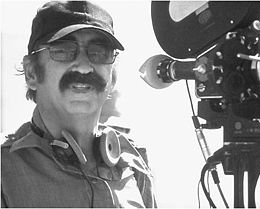
These are some of the fonts that I have selected to use within my title sequence. I have chosen to use one of these specific fonts as I am trying to make the title sequence seem elegant and smart and therefore this is the perfect font as it is a typical classic streamlined text.
However I am hoping to change the colour of the font from black to white to make it more visible in the title sequence. I think this will be the correct choice as other similar film also have this type of font.
In addition I will process this font "Flash" and make the text appear as a typewriter and therefore have a larger element of spy/action. I will also support this font with the sound effect of a typewriter to make it more realistic and exuberate more elements of a spy type film.
The text that I have decided to use is "Edition" which is labeled copyright free and I will hopefully have this font appear in my time sequence in White rather than black. I think that this is the most suitable font out of the 3 options above as it enables me to suit me genre more closely and go for the more sophisticated approach to introducing the film title. Lastly, the reason that I chose this text was it is extremely clear to figure out what each letter is and also it is similar to other films of this genre such as "Salt" and more over "Casino Royale"













